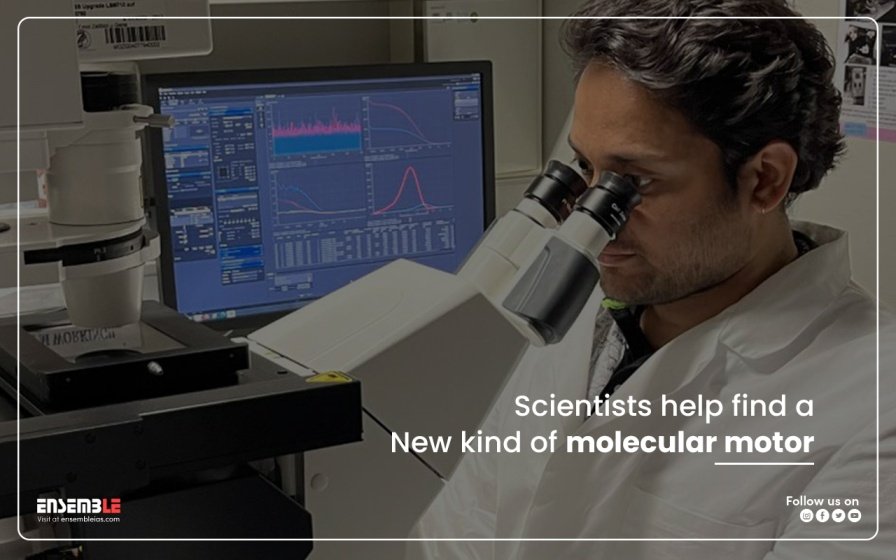Context– An international team of researchers from the National Centre for Biological Sciences (NCBS), Bengaluru, has reported a new kind of molecular motor. The finding, significant in its own right, opens the door to previously unanticipated cellular processes and potential applications in biology and medicine.
- – The research was conducted by NCBS (India), the Max Planck Institute of Molecular Cell Biology and Genetics, the cluster of Excellence Physics of Life and the Biotechnology Centre of the Technische Universitat Dresden in Dresden, Germany.
What is a molecular motor?
- – Molecular motors are enzymes that transform a cell’s biochemical energy into mechanical energy.
- – Molecular motors have a nanoscale dimension and generally work in a solution where viscosity is dominant.
- – Made up of protein and nucleic acids are ubiquitous and commonly use the chemical energy of ATP across the cell membrane as an energy source.
- – Fuelled by the hydrolysis of ATP and GTP.
- – Such energy to do pulls two organelles together, more cargo towards and away from the nucleus and powers the movement of the subcellular molecule.
- – Most of the Molecular motor is nearly perfectly unidirectional and doesn’t produce a back-and-forth action.
- – Molecular motors are classified according to their different forms of motion-
1. Linear – It includes
a) Dynein – Dynein is mainly used to participate in cell division, organelles localization and nuclear movement.
b) Kinesin – The main function of Kinesin is to transport intracellular organelles and vesicles to the cell membrane and control the shape of the cell.
c) Myosin – The function of Myosin is to be used for muscle contraction, movement of organelles, membrane transmission, signal transduction and cytoskeleton construction.
2. Rotary – It includes
a) ATP synthase (primary means of cellular energy production in all animals, plants and almost all microorganisms)
b) Flagellar motor (Flagella are long, wavy structures that extend from the plasma membrane and are used to move an entire cell or substances along the outer surface of the cell).
The key finding in new reports-
- – It is the first motor using two components, two differently sized proteins, Rab5 and EEA1.
- – EEA1 loses its taut and rigid shape and becomes floppy because of binding with Rab5 enzymes which helps in pulling two membranes inside a cell closer to each other.
- – Floppy EEA1 regain its rigid shape in another mechanism so that it can become floppy again to pull the membranes close, creating a new kind of two-part molecular motor.
- – EEA1 protein draws energy from the reaction called GTP hydrolysis to become rigid again. The small GTPase protein Rab5 could trigger a contraction in EEA1.
- – The EEA1 protein can have one of several trillion shapes when it is floppy, but a rod-like shape when it is stiff.
- – The floppy state has more entropy and is entropically favoured.
- – When the protein goes from stiff to floppy, it exerts an entropic force on the membranes that it pulls.




